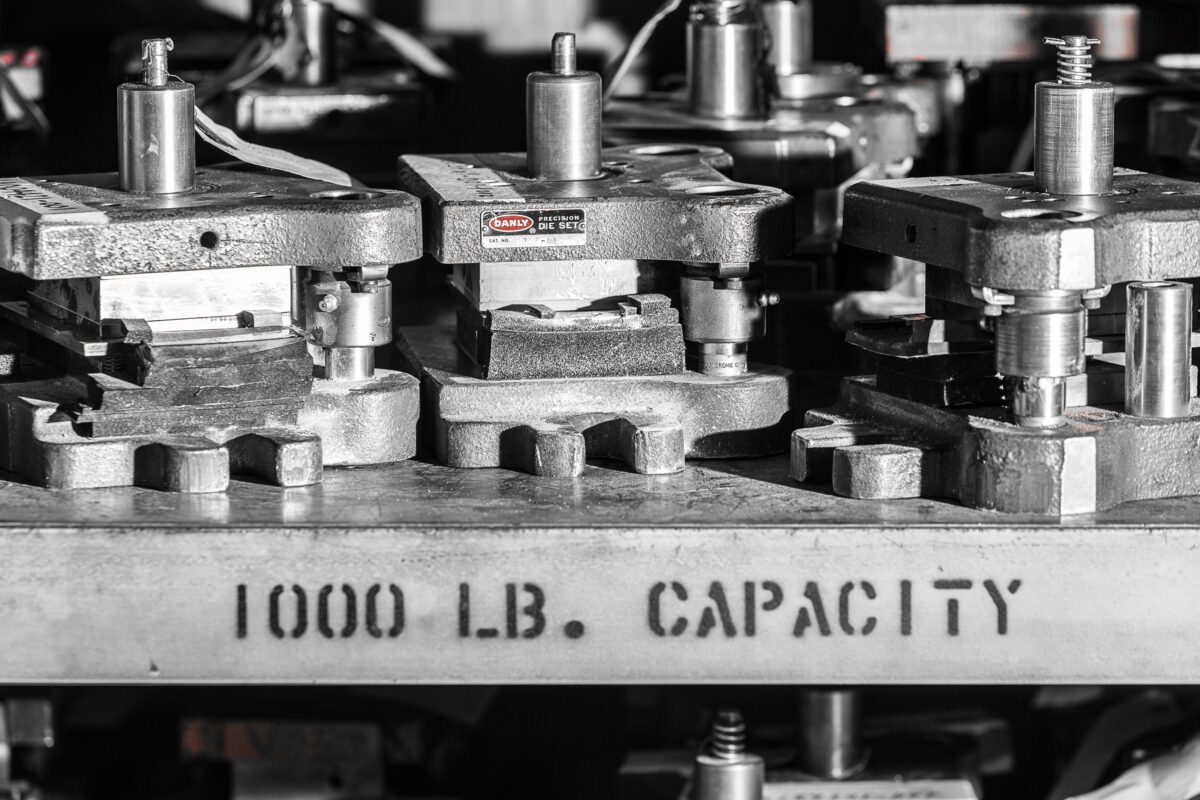
Die-Cutting Methods for Custom Gaskets: Understanding The Pros and Cons
Die-cut gaskets hold the world together. That’s why when you’re designing a custom gasket, you select the elastomers and adhesives with utmost consideration, or the consequences can be costly. Equally important to gasket design is selecting the right machining method to manufacture them, which is why custom gasket manufacturers invest in multiple die-cutting technologies.
Die cutting and how it impacts cost and quality of your custom gasket
Depending on your gasket and how they need to perform, each die cutting method has advantages and drawbacks. When choosing the best method, custom gasket manufacturers will weigh things like material properties, project volumes, tolerance requirements and output per volume. They also factor your top priorities, cost or quality.
If you want to understand how and why your custom converter chooses a specific die cut to fabricate your gasket and its impact on project costs, this comparison guide provides a great starting point.
Steel Rule Die Cutting
Steel-rule die cutting is by far the most common method for manufacturing gaskets. Like a mechanized cookie cutter, it presses a steel rule die directly into the material to cut the shape.
Advantages
- Cost-efficient for large production runs.
- Higher throughput with the ability to nest additional rule within the steel rule to achieve multiple cuts in a single pass.
- Consistent clean cuts and smooth edges.
- Low upfront costs for custom-shaped dies.
Consideration
- May cause some material displacement.
Rotary Die Cutting
Custom dies are fitted on a cylindrical anvil and rolled on the flat material to remove shapes and leave perforations in the material.
Advantages
- Exceptional throughput,ideal for high-volume or repeat projects.
- Achieves consistently accurate kiss-cuts well as perforations.
- Optimal method for producing pressure sensitive adhesive-backed components on a liner.
Considerations
- Greater lead time and expense for sourcing custom-shaped metal dies.
- Less cost-efficient for small-volume or single production runs.
Reciprocating Knife Cutting
A blade guided by a robotic router cuts precise shapes from sheets of foam and other flat materials.
Advantages
- Eliminates the need for custom dies for shorter lead times and no tooling costs. All that’s needed is an updated CAD file.
- A true multi-purpose tool with the highest variety of cuts at various depths, all within the same production run. Including: kiss-cuts, creasing, milling-routing, punching, engraving and angle cutting.
- Produces highest yields per inch of material with computer-guided nesting software to get the most cuts that leave the least amount of matrix (waste material).
Considerations
- Lower throughput than die methods.
Waterjet Cutting
Waterjet cutting is another die-less method. It uses a pressurized stream of water from a computer-guided nozzle to cut shapes from flexible material with exceptional precision.
Advantages:
- High precision to achieve narrow tolerances and dimensions.
- Suitable for small volumes, prototyping and proof of concept.
- No hardware costs as it eliminates the need to source custom-metal dies.
- Achieves smooth edges, particularly from more challenging material such as foams and rubber that are rigid, thick or dense.
Considerations
- Longer throughput per unit increases production time, which can make large volume runs cost-prohibitive.
Laser Cutting
A software-guided laser beam focuses heat onto sheet material to make precise cuts.
Advantages
- Optimal for jobs with a fast turnaround and prototyping, similar to other dieless methods.
- Produces intricate and delicate shapes with high precision, particularly from thin sheets of material.
Considerations
- High temperatures from the laser can leave burns and melted areas along the edging (known as the heat-affected zone), potentially impacting the gasket’s performance and appearance.
- Not suited for thicker materials, longer cutting times extend the heat-affected zone.
Our manufacturing expertise, your benefit
In manufacturing, every cent counts and the die-cutting method chosen by your custom converter will have a big impact on production volume as well as the quality of the product. Both have a large impact on the cost of your custom gasket.
SRP has the latest equipment and manufacturing expertise to achieve the best production efficiency and gasket quality for your order. Contact us today to discuss your latest project.
